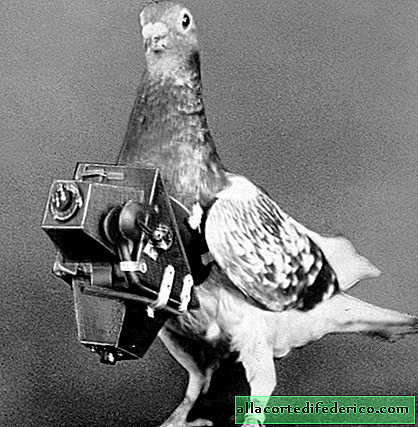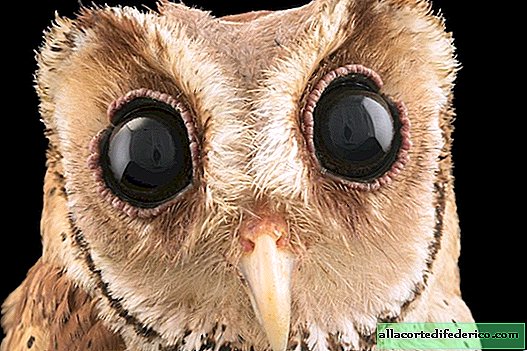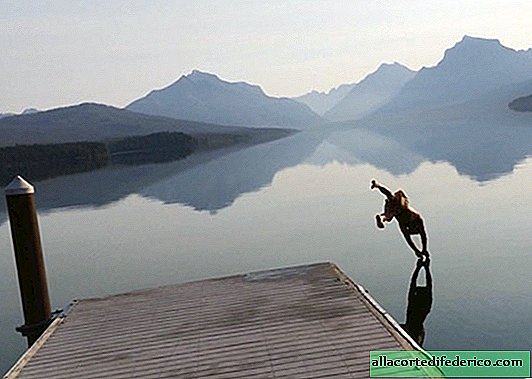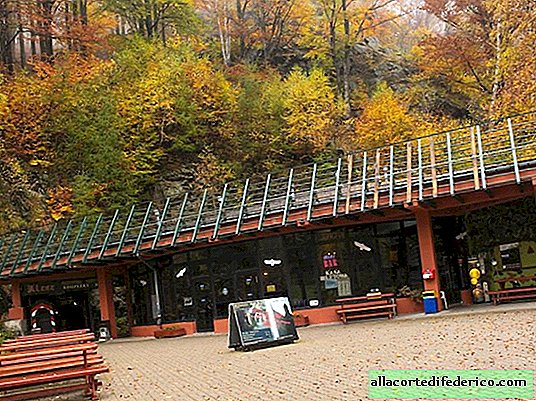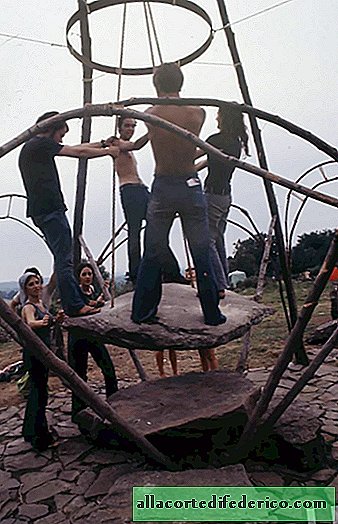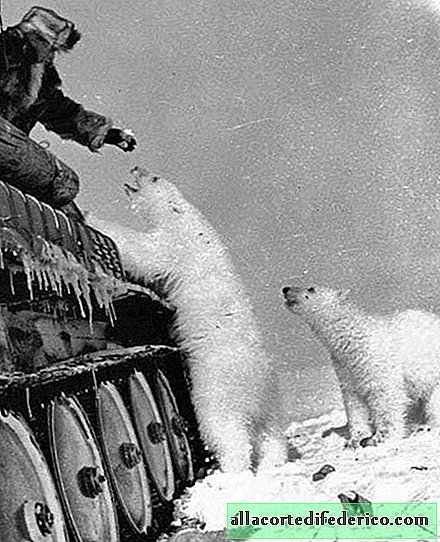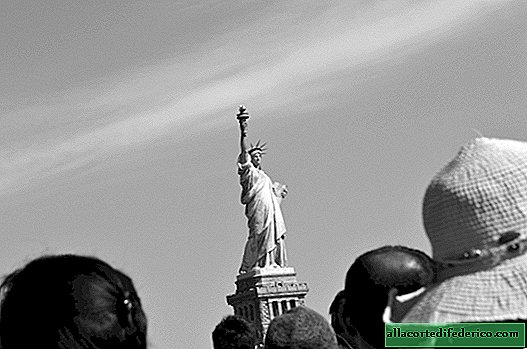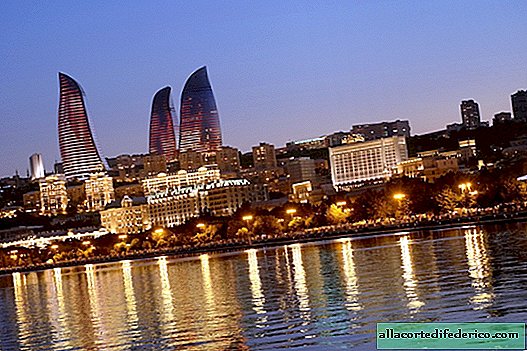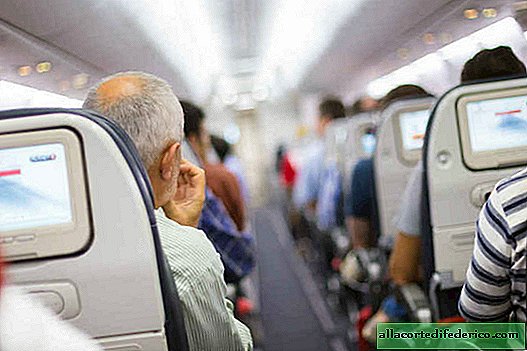What was real life in the Wild West
Many of us love westerns. Remember the song from the movie “The Man from the Capuchin Boulevard”: “But why do I love a cowboy? A cowboy is a hero of magical dreams ...”. Were these heroes so romantic in real life?
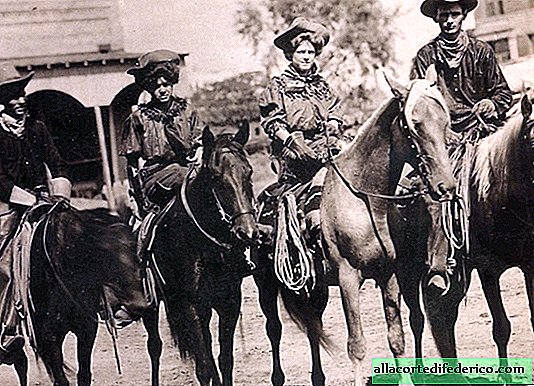
Lack of amenities, days and weeks without a bath, living in cramped rooms - all this is a life filled with unpleasant odors, constant illnesses, and lack of hygiene. This is the life of a cowboy.
We had to sleep on beds of straw and hay. "Bed sheets" did not change often. As a result, the cowboy had to put up with the inevitable neighbors - lice and other insects. Rose Pender, who visited the American West from 1883 to 1888, later recalled in her book one night when she was trying to sleep: "There were so many bugs and blood-sucking insects that I didn’t sleep at all."
Clean water was a problem in the Wild West. Flies and other insects often soared over stagnant water. Rain water was collected in tanks, often dust, dirt got there. To save water, people refrained from washing dishes and washing. Taking a bath, entire families washed themselves in the same water.
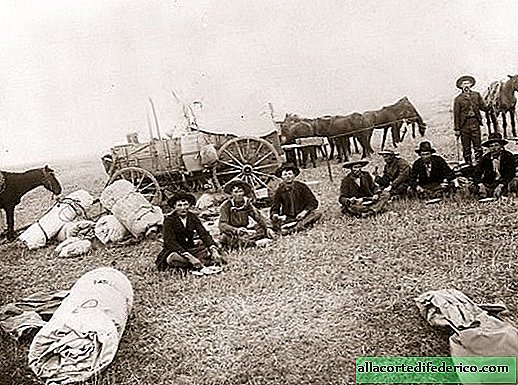 Camp near the ranch. 1902 year
Camp near the ranch. 1902 yearFrank Clifford and John Francis Wallace in memoirs talked about how Mexican women washed their hair with soap made from a yucca plant. After him, the hair was soft and clean. Settlers made soap from animal fat. Candles were made from it. Home soap was harsh and often caused skin irritation.
Body odor was considered a natural part of life. Moreover, people believed that cleanliness opens the pores and thereby makes them vulnerable to bacteria and germs. That is, the less you bathe, the healthier you live.

No toothbrushes, pastes or dentists existed. Barbers and blacksmiths solved all problems with teeth. They took out a bad tooth with pliers. Painkillers served good whiskey. Toothbrushes were present at some large stagecoach stops. They were public. Teeth brushed all passing by. Special knives were attached to the toothbrushes to remove food debris between the teeth. Also common.
Bars in the Wild West did not have chairs. It was enough to lay pipes or rails below, on which you could lean on your feet. Nearby was a spittoon and a towel to wipe his mouth.

Another problem is dust. Her presence was ubiquitous. Dust storms and strong winds threatened livestock, destroyed crops, and polluted homes.
Sarah Raymond Herndon, a young girl traveling around Montana in the 1860s, wrote of it this way: “Dust is awful! It seems like it’s knee-deep in some places. I've never seen it so bad. Dust stuck on our faces. We twenty miles passed and stopped to set up camp for the night. After some time, only the holes in the places where the eyes, nose and mouth should be visible on the faces of our boys. "

Since washing and washing dishes occurred in the same water that was used for drinking, cholera epidemics were inevitable. One of these in the mid-19th century claimed thousands of lives among Mormon expats. They considered her God's punishment and a test of faith. But more dangerous was smallpox. She killed many Indians.
Well, in order to survive, every man must have a weapon. No one will talk to someone who does not have a colt.
Well, "the cowboy is the hero of magic dreams"?

